Through the development of the SPaM framework I have placed “modality” as a core domain in the design of mixed-modal education, emphasising how important our consideration of the teaching/learning mode is in the context of curriculum and instructional design.
As this research develops through conversations with designers, academics and learners we can begin to understand the “value” of each mode and determine the most appropriate mode for learning in a range of contexts. Through a deeper understanding of modality and the value attributed to each mode we can therefore more consciously make decisions about which mode to use and why/when it is best to do so. This move towards “Conscious Modality” means that the mode becomes an important topic for discussion during curriculum design activity, alongside conversations around the subject being taught and the approaches to teaching and assessment.
When we think about the value of modes we can categories these into four main areas:
| Value Category | Description | Example |
|---|---|---|
| Learning & Teaching | This is where a particular mode has a specific value relating to learning and teaching activity. This might be connected with having access to specialist equipment or to undertake specific types of learning or for access to certain teaching experiences. | The “In Person On Campus” learning mode might be particularly suited to lab work or access to specialist equipment. For “In Person Off Campus” the learning experience might be a field trip or experiential. In both these cases the value of being physically present for learning can be clearly identified and articulated. |
| Social & Wellbeing | In some cases the mode may have some social element, building a sense of belonging and cohort cohesion for learners beyond just the learning experience. These social interactions may be designed to help with student wellbeing and mental health. | Online Asynchronous and Synchronous activities can be used to provide opportunities for students to introduce themselves and get to know each other. This can then be enhanced through an In Person On Campus session which builds upon this. In each case the mode being used is done so consciously as a whole. |
| Accessibility & Availability | In some cases a choice of mode may well be determined based accessibility. In these cases a mode might be chosen to ensure maximum access to all students. Understanding your student cohort can really help here. | As an example, if you know that you have a lot of students who are carers but your “lecture” slot has been scheduled for 9am and you anticipate poor attendance then you might consider moving some (if not all) of those lectures to being Online Synchronous to increase access to the learning for more students. In another example you may want to include overseas guest lectures to increase diversity, in which case Online Synchronous facilitates this. |
| Administrative & Operational | In some cases there may be operational and administrative reasons for selecting a mode. Whether it relates to student numbers, room availability or some other operational reason sometimes the decision to choose a particular mode might be more administrative in nature. | An example of this might be where the largest lecture theatre only holds 100 students but you have recruited 150 on to the programme. You could either hold it in the 100 seater and hope that some students don’t come, run the session twice (with the additional staff hours required for this) or move it to being online synchronous so that all 150 students can join at once. |
In the table above we can begin to see how the mode through which we teach, and students learn, might be decided upon some value proposition associated with it. When we more consciously consider modality we then begin to make a decision about which mode is most appropriate, bearing in mind that a choice of mode will have benefits and pitfalls associated with it. What is key though is that we are conscious of those benefits (and pitfalls) and are able to articulate these to our students. It is important that students understand why we have made a decision to use to particular mode, including when that might have a negative impact on some learners so that we are able to put in place some measures to minimise any negative impact.
This “Conscious Modality” requires that we think more deeply and purposefully about the modes we use for education, the contexts within which we undertake that learning and teaching and the benefits and challenges associated with those modes. If we consider modality more coherently and more regularly within our curriculum design process, then the subject matter and pedagogical approaches will be more closely connected with the modes through which that learning is experienced and those experiences will be all the more effective for it.
Also cross-posted here: https://spam.digisim.uk/generic/towards-conscious-modality/




No responses yet